
How IPL went from a bold experiment to cricket's ultimate money machine with a prize pool worth crores
The Indian Premier League (IPL) has always been not just about exhilarating matches but also about the significant rewards that come with them. The prize money has experienced a remarkable increase since the inaugural season in 2008, leading up to the forthcoming 2025 edition. With each season, teams have battled for the trophy and the enticing rewards that come with it. But how much has the prize pool changed? Let's investigate how the IPL has developed financially and how the stakes have escalated over the years.
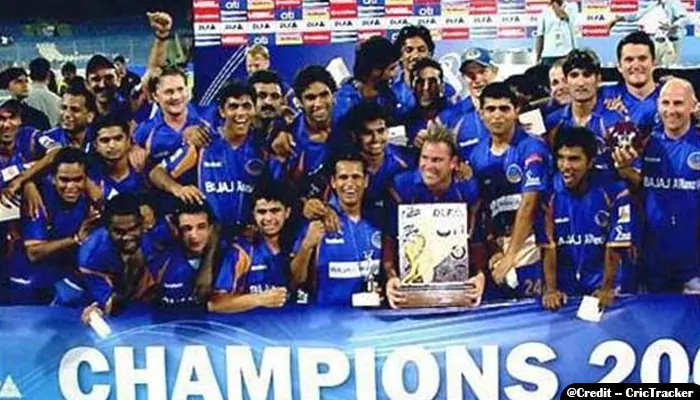
When the Indian Premier League (IPL) launched in 2008, it revolutionised cricket. Although the prize money was impressive at the time, it was nowhere near what it is today. The inaugural winners took home Rs 4.8 crore, while the runners-up received Rs 2.4 crore.
Even with these figures, the IPL quickly became the most lucrative cricket tournament in the world. The backing of DLF as the title sponsor and a multitude of corporate giants helped the league achieve financial stability from the outset.
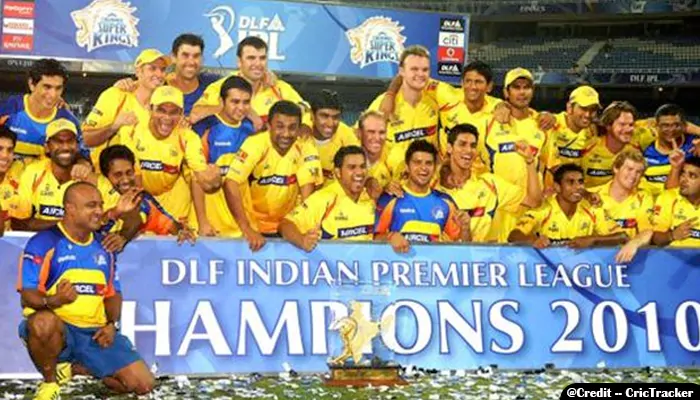
By 2010, the IPL had firmly established itself as the premier T20 league worldwide. With its growing popularity and increasing revenue, the Board of Control for Cricket in India (BCCI) opted to double the prize money.
The champions received Rs 10 crore, while the runners-up pocketed Rs 5 crore. This significant increase in earnings remained unchanged for four seasons, solidifying the IPL's financial strength.
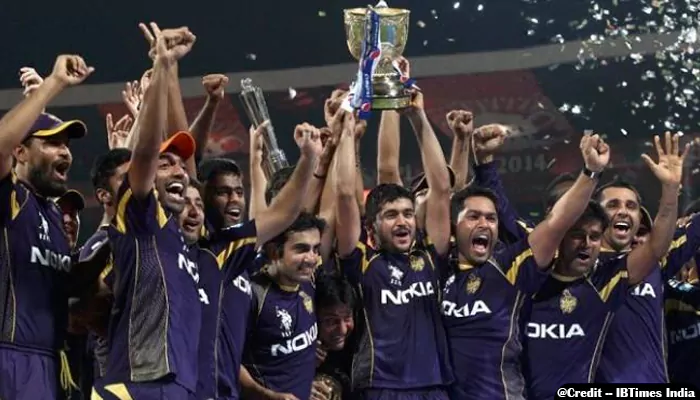
From 2014 to 2015, the excitement of IPL in the world of cricket reached new heights as the prize pool saw a significant boost. The winners claimed an impressive Rs 15 crore, while the runners-up weren't left out, taking home Rs 10 crore.
This increase showcased the IPL's booming profits, fueled by climbing sponsorship deals and an expanding global audience. With financial stakes at an all-time high, every match became a thrilling battle for supremacy.
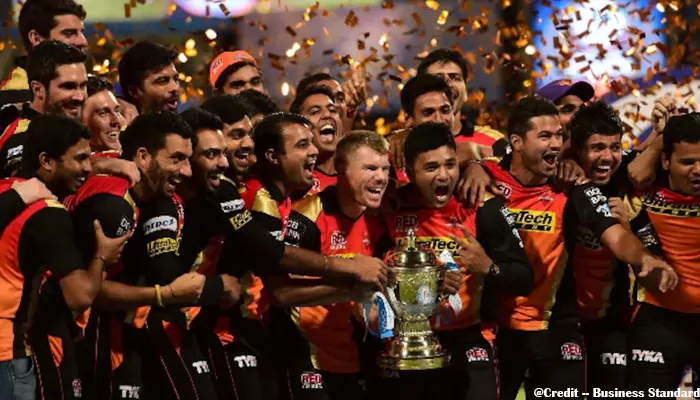
With the league reaching new heights, the prize money experienced another surge. In 2016, the winning team earned Rs 20 crore, while the runners-up received Rs 11 crore.
This amount remained unchanged until 2019, except in 2018 and 2019, when the runners-up received a slight increase to Rs 12.5 crore. The IPL was no longer merely a cricket tournament but a billion-pound industry.
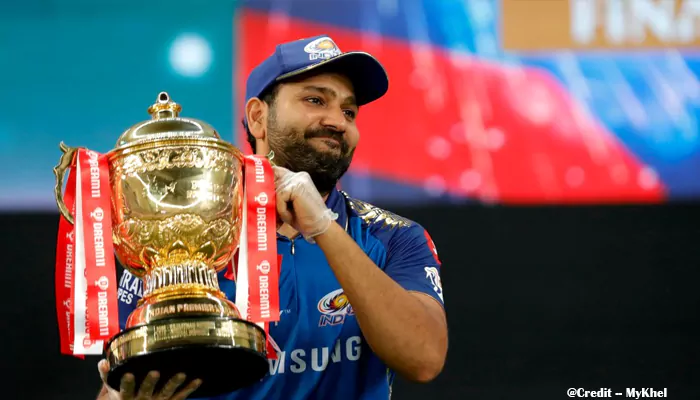
In 2020, the world came to a standstill due to the COVID-19 pandemic, and the IPL was no exception. Prize money was reduced for the first time in over a decade. The winners received only Rs 10 crore, while the runners-up had to settle for Rs 6.25 crore.
With matches being played in empty stadiums and revenue streams severely affected, this was a necessary measure for the league to sustain itself.

By 2021, the IPL returned with a bang. The prize money for the champions reverted to Rs 20 crore, while the runners-up received Rs 12.5 crore. In 2022 and 2023, the reward remained unchanged, although the second-place team received an additional bonus, bringing their earnings to Rs 13 crore.
The 2024 season continued this trend, with the Kolkata Knight Riders (KKR) winning Rs 20 crore and the Sunrisers Hyderabad (SRH) taking home Rs 13 crore as runners-up. SRH also secured the Fairplay Award, earning an additional Rs 10 lakh.
The upcoming 2025 season is expected to be equally grand. The winners will again receive Rs 20 crore, but the runners-up will now receive Rs 7 crore, a notable decrease from previous years.
Meanwhile, the teams finishing third and fourth will obtain Rs 7 crore and Rs 6.5 crore, respectively. Individual awards, such as the Orange Cap and Purple Cap, come with a cash prize of Rs 15 lakh, while the Emerging Player of the Tournament will earn Rs 20 lakh.